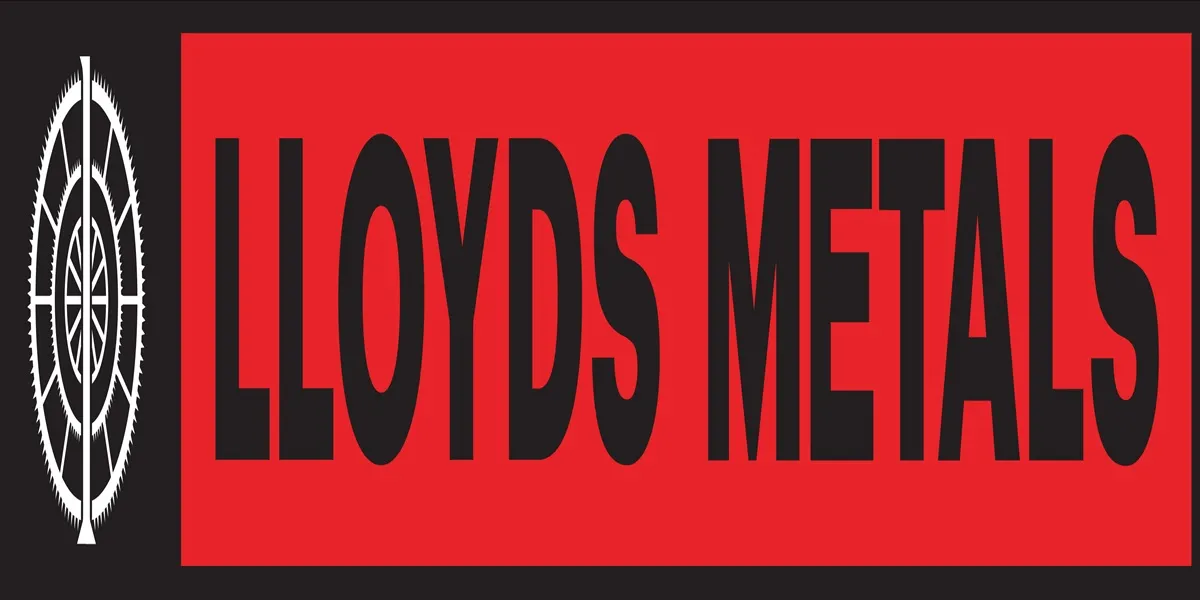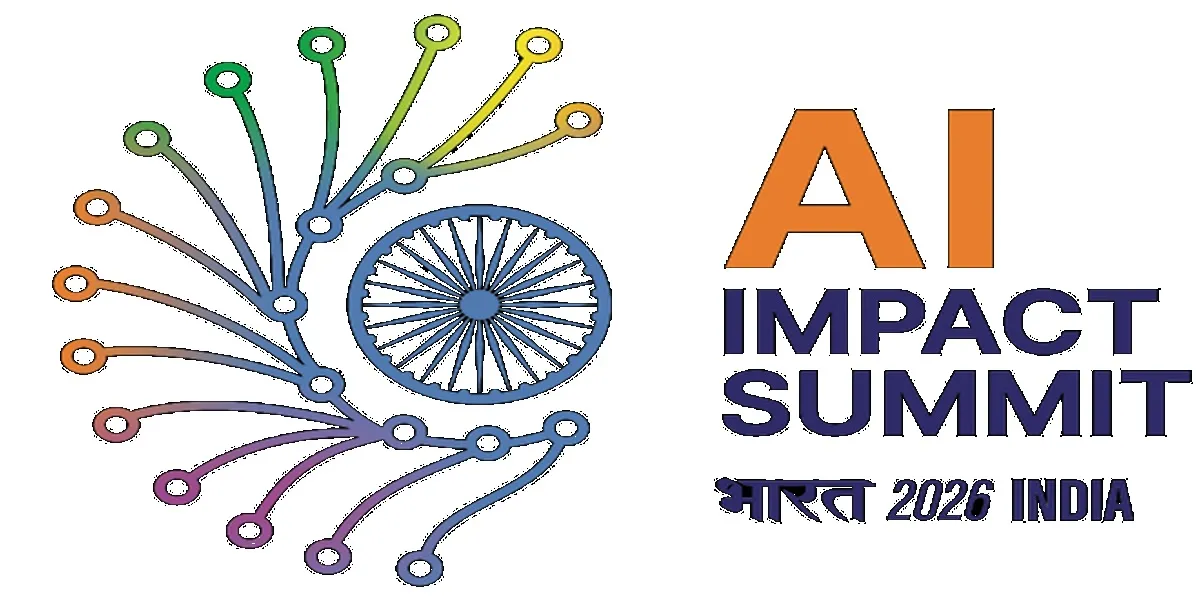Payment delays by distribution companies (DISCOMS) continue to pose a challenge for the growing renewable energy sector in India as it tries to achieve 175 GW of renewable installations by 2022.
Tariffs have come down by 73 per cent since 2010, according to a Mercom report, and the recent REWA auction recorded the lowest solar tariff in the country – Rs 3.30 (~$0.494) per kWh (levelised tariff over 25 years). In an auction recently held by the Solar Energy Corporation of India (SECI), bidders quoted a tariff of Rs 3.46 (~$0.051) per kWh for a 1,000 MW wind auction.
With these extremely low tariffs, developers are looking at best-case scenarios with margins for error nearly non-existent. Payment delays are adding to project costs as banks charge higher interest rates due to projects being built in high-risk states known for payment issues, stymying investment into the sector.
Tariffs have touched an all-time low and developers think they can make these projects profitable at these tariff levels. But when dues are not cleared on time, it affects the sector, stated a wind power developer operating in Maharashtra. In the state, the Maharashtra State Electricity Distribution Company (MSEDCL) was not buying power from wind power generators for the past three years. This resulted in heavy losses, added the wind power developer.
Many developers completely rely on capital market transactions. Delays in payments by the off-taker (DISCOMs or distribution companies) put our potential of issuing bonds in jeopardy, stated a project developer. If there is any type of default on these capital market instruments or if a security or credit enhancement is invoked it has an adverse impact on the efforts made to deepen the infrastructure bond markets, reportedly added the developer.
Mercom previously reported that Tamil Nadu, Rajasthan and Maharashtra, have a track record of payment delays and curtailment of renewable energy.
Payment delays affect the project liquidity, the money is stuck, and yet we have to pay back our lenders. If we fail to make our payments, lenders will have apprehensions about financing, reportedly stated another developer.
Madya Pradesh, Andhra Pradesh, Telangana and Jharkhand are also having problems with paying on time, stated another developer. Mercom previously reported that on the first nine months of the current financial year (FY)the interest costs of states and union territories that joined the Ujwal DISCOM Assurance Yojana (UDAY) programme for financial turnaround have been reduced by Rs 119.89 billion (~$1.83 billion) when compared to the same period in FY2015-2016. However, payment issues persist in some of the major renewable energy states.
In Bihar, the gap between power generation and demand is huge; we do not produce even half of the state’s demand. On top of that, we have to provide subsidised electricity to farmers, and there are many as Bihar is an agrarian state. This ties our hands in terms of payments and they get delayed at times, stated an official at South Bihar Power Distribution Company.
Theft is rampant. We are ourselves not able to get paid on the electricity we sell. This has led to payment delays on our part, but now Bihar has joined UDAY programme plus the grid is being strengthened along with monitoring software to prevent theft. In the future, we expect payments to be on time, stated an official at North Bihar Power Distribution Company.
An official at Jharkhand Urja Vitran Nigam hinted that politics plays a huge role in a state like Jharkhand where utilities have to let off dues or provide subsidies when asked. Paying on time becomes difficult without adequate revenues. We owe Damodar Valley Corporation and Coal India, (it is not a big amount, and is expected be cleared in the new fiscal), reportedly stated an official.
There have been some payment delays especially for wind, but they are a thing of past. Tamil Nadu has finally joined UDAY and the TANGEDCO will try to create an enabling environment for renewables in the state, reportedly added the TANGEDCO official. Payment delays of up to 4 months have been reported in Tamil Nadu.
In Andhra Pradesh, we provide the cheapest power anywhere in India to farmers at less than 30 paisa per unit, and farmers constitute close to 40 per cent of our consumers. A lack of revenues has resulted in payment delays, stated an official at Eastern Power Distribution Company of Andhra Pradesh, as reported. Developers have reported payment delays of four months in the state.
In Rajasthan, the number of industrial consumers of electricity has gone down drastically. In the state, there is preferential tariff for industrial consumers which is lower than the average industrial power price in India. With decline in the number of consumers and revenues, it has become an inhibitor in making payments, stated an official at Jaipur Vidyut Vitaran Nigam reportedly. According to developers, payments in Rajasthan are delayed by about 3 months but the situation is reportedly improving.
We have curtailed from wind – we have not even signed any new PPAs for wind projects over the past three years. In 2016, the MSEDCL even asked MAHAGENCO to shut down thermal power projects as prices elsewhere were lower. There are some payment delays, but is because we have not realized our dues for the power provided, reportedly stated an official at MSEDCL.
“Tariffs are falling at a record pace in solar due to a rapid decline in component costs, which is a welcome development for states which will see their power purchase costs decline. But, further drops in tariffs are in the hands of the government, which can reduce risks by removing hurdles like payment delays, transmission issues and curtailment, all of which are interlinked. By removing these risks, borrowing becomes cheaper for developers,” commented
Raj Prabhu, CEO and Co-Founder, Mercom Capital Group.
Prabhu went on to say, “At the end of the day states cannot pay developers if they don’t raise power tariffs and bring in revenues. A lot depends on the success of UDAY and everything is coming to a head at a crucial time when Indian solar installations are on a path to more than double from 4 GW installed last year. As installations double, power purchase bills will also jump. If states cannot upgrade their financial situation quickly and improve their ability to make payments to developers and take care of other bottlenecks, installations will stall and so will the goal of reaching 100 GW by 2022.”






















